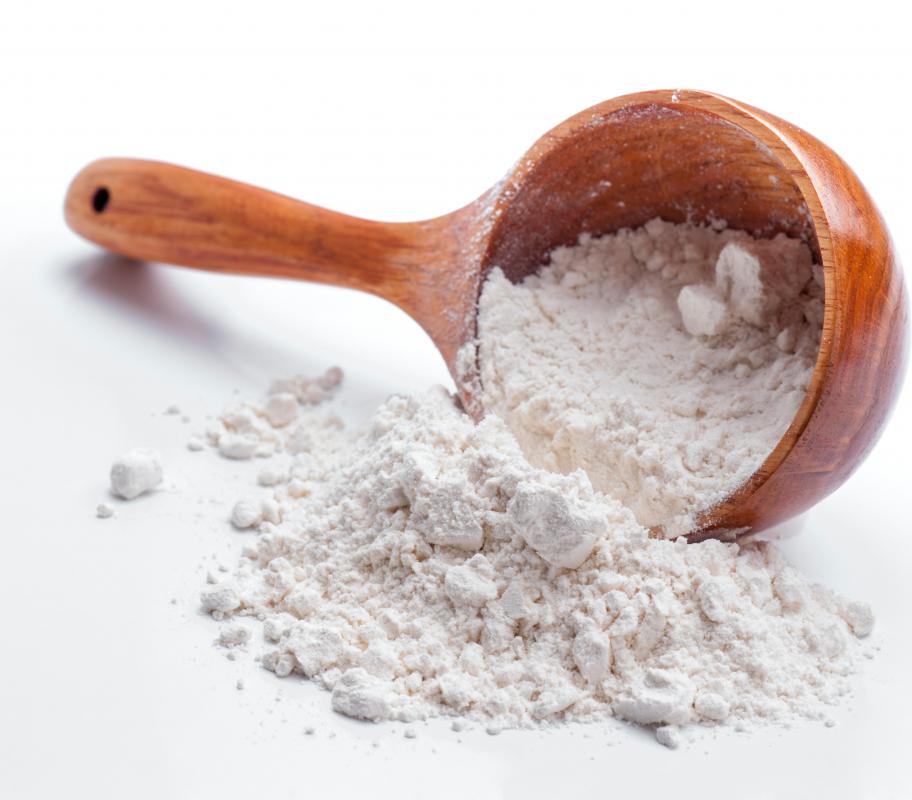
The coating of the tempura is incredibly light, crunchy by following these steps. Keep the batter sitting inside a bowl of ice to keep it at a low temperature if you do not finish using it immediately.The batter is a little clumpy, which is ok and resist the temptation to stir it until homogenous. Gently combine the flour with the egg and ice water.Sieve the low protein flour into a mixing bowl.However, I did not microwave it as the flour I use is with low protein content. The reason given is heated flour will form less gluten during mixing. Some chefs suggest microwaving the flour before using it to prepare the homemade tempura batter. More gluten will form with longer and more vigorous mixing. I gently stir the flour/water/egg mixture to minimize gluten formation. I kept both in the refrigerator before use. Use ice water to mix the flour since less gluten will form when it is cold.The aerated flour contributes particularly to the crispiness of the final product. The tempura coating is less crispy if the protein content of the flour is high. I use the Japanese violet cake clour with only 8 % of protein. Use low protein flour to make the batter.Key techniques to make the best tempura batter All these techniques minimize gluten formation in the tempura batter and ensure that the coating is crispy and crunchy. I follow all the recommended techniques to ensure that it turns out flawlessly.

The batter forms a translucent coating that protects the tempura from absorbing oil excessively, making it taste clean, fresh, and light. Tempura is a typical Japanese snack usually prepare with shrimp and vegetable dip in batter and deep-fried. How to prepare the tempura batter (very important technique)


 0 kommentar(er)
0 kommentar(er)
